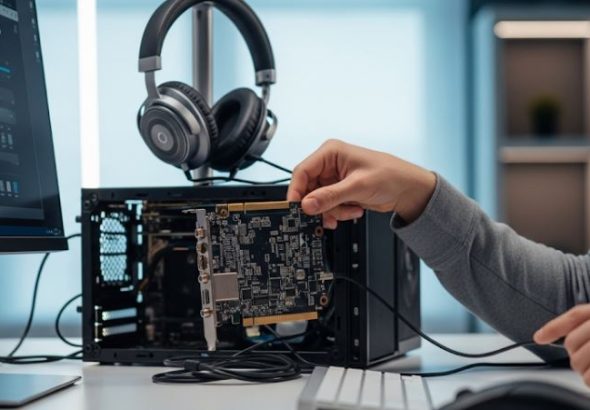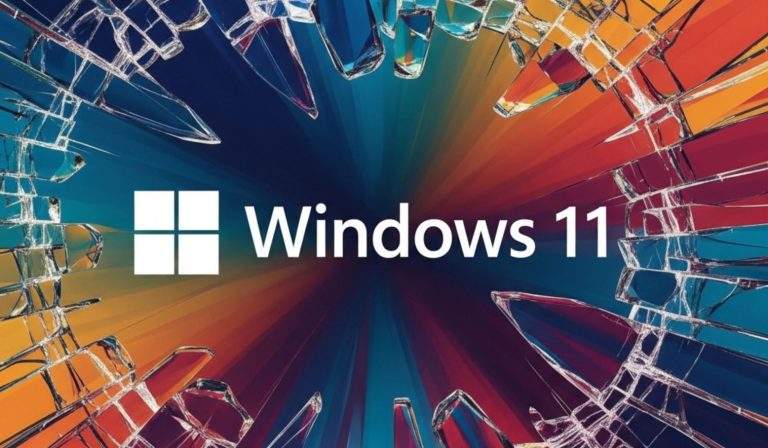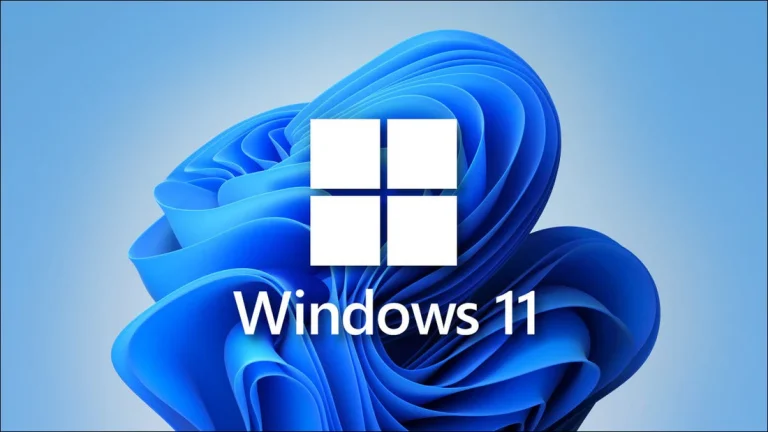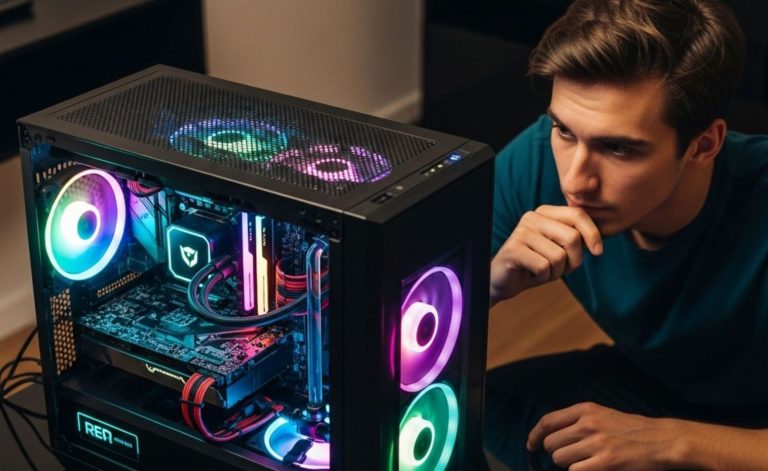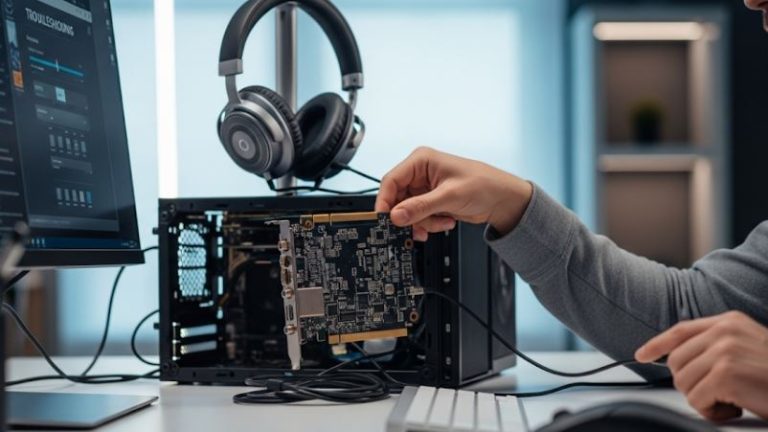
When embarking on a fresh Windows 11 installation on a brand-new Solid State Drive (SSD), one of the early decisions you might ponder is whether to partition the entire drive or leave it as a single, large C: drive. This question, while seemingly simple, touches upon aspects of organization, data management, and perceived system efficiency.
It’s crucial to understand that we are specifically discussing user-created partitions (like an additional D: drive for data) on the same physical SSD where Windows 11 will reside. Windows itself will automatically create a few small, essential partitions for its operation, which we will touch upon, but these are not typically user-configurable in terms of their existence.
What Exactly is Disk Partitioning?
Before diving into the „should I or shouldn’t I” debate, let’s briefly clarify what disk partitioning means. Imagine your new SSD is a large, empty warehouse. Partitioning is like setting up walls within that warehouse to create separate rooms. Each „room” (or partition) can be managed independently, formatted with a file system (like NTFS for Windows), and assigned a drive letter (e.g., C:, D:). 💾
So, when you install Windows 11, the question is: do you want your entire SSD „warehouse” to be one giant room (a single C: drive for the OS, programs, and all your files), or do you want to create, for example, one room for Windows and programs (C:) and another room for your personal documents, photos, and videos (D:)?
Understanding Windows 11’s Automatic Partitions
When you begin the Windows 11 installation process on an unallocated (brand new or wiped) SSD, the setup wizard doesn’t just create a single C: drive, even if you tell it to use all the available space for Windows. Behind the scenes, it typically carves out several smaller, crucial partitions. These are usually hidden from everyday view in File Explorer but are vital for the system to boot and recover. These include:
- EFI System Partition (ESP): For systems using UEFI firmware (which is standard for Windows 11), the ESP is essential. It contains the boot loaders, driver files, and other information needed to start Windows. It’s usually formatted as FAT32. You can learn more about the EFI System Partition from various technical resources.
- Microsoft Reserved Partition (MSR): On disks using the GUID Partition Table (GPT) layout (standard for Windows 11 installs), an MSR is created. This partition doesn’t store user data but is reserved by Microsoft for future use by disk management utilities. It ensures that there’s space available for any metadata or structures the operating system might need later.
- Windows Recovery Environment (WinRE) Partition: This partition holds the Windows Recovery Environment tools. If your Windows 11 installation encounters problems, WinRE provides options for troubleshooting, system restore, and other recovery tasks. Having this on a separate partition allows access even if the main Windows partition is corrupted. Microsoft provides detailed information on the Windows Recovery Environment.
These automatic partitions are non-negotiable and are created by Windows for its own stability and functionality. Our discussion, therefore, revolves around whether you should manually create additional partitions beyond what Windows sets up for its core C: drive and these hidden system partitions.
The Case for a Single, Large C: Drive (No Additional User Partitions)
For many users, especially with the increasing capacity and reliability of modern SSDs, keeping the entire drive as a single C: partition (allowing Windows to manage its necessary hidden partitions automatically) is often the most straightforward and efficient approach. Here’s why:
- Simplicity and Ease of Management: ✨ This is the most significant advantage. With a single C: drive, you don’t have to worry about which partition to save files to or how much space is allocated to each. All your available storage is in one pool. This simplifies file management and reduces the mental overhead of juggling multiple drive letters on the same physical device.
- Dynamic Space Allocation: If you create a 1TB SSD with a 200GB C: drive for the OS and programs, and an 800GB D: drive for data, you might find your C: drive filling up with installed applications, updates, and system files, while your D: drive has ample free space, or vice-versa. With a single partition, the space is allocated dynamically. Windows, your applications, and your data all share the same pool, so you’re less likely to run out of space on one partition while another sits mostly empty. This avoids the „C: drive full” errors that can occur even if the overall SSD isn’t full.
- SSD Performance and Wear Leveling: Modern SSDs have sophisticated controllers that manage wear leveling across all NAND cells. While in the very early days of SSDs, some argued that excessive partitioning could theoretically interfere slightly with optimal wear leveling, current controllers are intelligent enough that user-defined partitioning on a single drive has a negligible, if any, impact on performance or lifespan. The drive’s controller sees the whole physical storage pool regardless of logical partitions.
- Windows Features and Libraries: Windows has evolved its own ways of organizing user data. Libraries (Documents, Pictures, Music, Videos) abstract the physical storage location, allowing you to include folders from various locations (even other drives or network locations) into a single virtual view. Moreover, cloud storage solutions like OneDrive can integrate seamlessly, offering an alternative way to separate and back up personal files without needing a separate local partition.
- Streamlined Backups (for some strategies): If you’re creating full disk images for backup, having a single main partition (alongside the system-reserved ones) can be simpler to manage than imaging multiple user-created partitions from the same drive. However, this depends on your backup software and strategy.
In essence, for a typical home user or gamer, letting Windows 11 use the entire SSD as a single C: drive (plus its automatically created hidden partitions) is often the most practical and hassle-free option. It leverages the full capacity of the drive flexibly.
The Case for Creating an Additional D: Partition (or More)
Despite the strong arguments for a single partition, there are scenarios and preferences where creating a separate partition for data (commonly a D: drive) on the same SSD still holds appeal for some users.
- OS and Data Segregation for Reinstallation: 🧼 This is the classic and most compelling argument. If your Windows installation becomes corrupted, unstable, or you simply want to perform a clean reinstall, having your personal data (documents, photos, project files) on a separate D: partition can make the process feel safer. You can format and reinstall Windows on the C: partition with less fear of accidentally wiping your personal files, assuming you are careful during the reinstallation process to only target the C: drive.
- Important Caveat: This protection is only against accidental formatting of the data partition during an OS reinstall. It offers no protection against physical SSD failure. If the SSD itself dies, all partitions on it (C:, D:, etc.) will be lost. Therefore, a separate partition is not a substitute for a proper backup strategy to an external drive or cloud storage.
- Organizational Preference: 🧑💼 Some users simply prefer the logical separation of having the operating system and installed programs on one partition and all their user-generated files on another. It can feel tidier and more controlled. This is largely a matter of personal workflow and how you like to see your file system structured.
- Specific Backup Strategies: If you have a backup strategy that involves imaging only the OS partition frequently and the data partition less frequently (or using different methods like file sync for data), then separate partitions can facilitate this. For instance, you might make a clean image of your C: drive after installing all essential software, then image it less often than you back up your evolving data on D:.
- Potentially Limiting OS Bloat Impact (Minor Argument): Some users feel that by constraining the C: drive’s size, they are more conscious of what gets installed and can better manage system bloat. However, with large modern SSDs, this is less of a practical concern, and an overly small C: drive can lead to problems with Windows updates or large application installations.
- Dual-Booting (Though Less Common on Primary Drive): While the prompt focuses on a single Windows 11 installation, if one were to consider dual-booting with another OS (like Linux) on the same SSD in the future, pre-allocating space via partitioning would be necessary. However, this is a more advanced scenario.
If you opt for this approach, you’ll need to decide on the sizes during the Windows 11 setup. For example, on a 1TB SSD, you might allocate 200-250GB for C: (Windows and programs) and the rest for D: (data). The ideal size for C: depends on how many large applications and games you plan to install. It’s generally better to overestimate the C: drive space slightly than to underestimate it.
SSDs and Partitioning: Performance and Longevity Considerations
A common question is whether partitioning an SSD affects its performance or lifespan.
- Performance: For most users, the performance difference between a single large partition and a couple of user-defined partitions on the same SSD is negligible. SSDs offer fast random access speeds across their entire storage area. Unlike HDDs where data at the start of the platter was faster to access (short-stroking), SSDs don’t have such physical constraints. Any theoretical, minuscule performance variations are unlikely to be noticeable in real-world usage. An SSD’s speed is more dictated by its controller, NAND type, and interface (e.g., SATA vs. NVMe). You can delve into how SSDs work through reliable tech sources to understand their architecture better.
- Wear Leveling and Lifespan: Modern SSDs employ sophisticated wear-leveling algorithms managed by the drive’s firmware. These algorithms distribute writes evenly across all NAND flash memory cells to maximize the drive’s lifespan. Whether you have one partition or several, the controller generally sees the entire physical drive and manages wear leveling globally. Therefore, user-defined partitioning does not significantly impact an SSD’s longevity in a negative way.
- Alignment: Proper partition alignment is crucial for SSD performance. Historically, this was sometimes a manual concern. However, modern operating systems like Windows 11 (and its setup process) automatically handle correct partition alignment for SSDs. So, this is not something you typically need to worry about when partitioning during a fresh install.
How to Partition (or Not) During Windows 11 Setup
When you reach the „Where do you want to install Windows?” screen during the Windows 11 setup:
- For a Single C: Drive (Recommended for Most):
- If your SSD is new and unformatted, it will show as „Unallocated Space.”
- Simply select this „Unallocated Space” and click „Next.”
- Windows Setup will automatically create the necessary system partitions (EFI, MSR, Recovery) and then use the remaining space for your C: drive. This is the simplest method. ✅
- To Create Additional Partitions (e.g., C: and D:):
- Select the „Unallocated Space.”
- Click „New” (instead of „Next”).
- Enter the size for your first partition (this will be your C: drive). Remember to enter the size in MB (e.g., 250000 for approximately 250GB). Click „Apply.”
- Windows will warn you that it needs to create additional partitions for system files. Click „OK.” This will create the EFI, MSR, and potentially Recovery partitions, plus your specified C: drive.
- You will then see the remaining „Unallocated Space.” Select it.
- Click „New” again and, this time, you can likely just click „Apply” to use all the remaining space for your D: drive (or specify another size if you want even more partitions).
- Once your D: drive (or other partitions) are created, ensure you select the primary partition you designated for Windows (your C: drive) and then click „Next” to begin the installation on that specific partition. ⚙️
Caution: Be very careful during this step. If you have other drives connected, ensure you are selecting the correct SSD and not accidentally modifying partitions on another storage device. It’s often recommended to disconnect other drives during the OS installation process to avoid confusion.
Making the „Right” Choice for You
Ultimately, the decision of whether or not to create additional partitions on your new SSD for a Windows 11 installation rests on your personal preferences, organizational habits, and technical comfort level.
- For the vast majority of users (especially those less technically inclined, or who prioritize simplicity): A single C: drive is perfectly fine, easier to manage, and allows for the most flexible use of your SSD’s storage capacity. This is the generally recommended approach for modern systems.
- For users who have a strong habit of separating OS/programs from data, understand the implications, and are diligent with backups: Creating a separate D: partition can be a valid choice, primarily for that organizational comfort and perceived ease during OS reinstalls (while remembering it’s not a backup).
If you are unsure, the default path of letting Windows Setup create a single large C: drive from the unallocated space is likely the best and safest option. You can always manage folders and libraries within that single partition effectively. Furthermore, if you later decide you absolutely need a separate partition, Windows Disk Management tool does allow you to shrink your C: drive and create a new partition from the freed-up space, though doing it from a fresh install is cleaner if you’re set on it.
Conclusion: Simplicity Often Wins for Modern SSDs
Installing Windows 11 on a new SSD presents an opportunity to set up your system optimally. When it comes to partitioning that main drive, the trend and general recommendation lean towards keeping it simple with a single, large C: partition (alongside the small, hidden partitions Windows creates for itself). This approach maximizes flexibility in how space is used, requires less ongoing management, and aligns well with how modern SSDs and operating systems function.
While the traditional reasons for creating separate OS and data partitions had more weight with older, smaller HDDs, the benefits are less pronounced with large, fast SSDs and robust Windows features like Libraries and cloud integration. However, if you have a specific, well-understood reason for wanting separate partitions and are comfortable managing them, it remains a viable option. Consider your workflow, your backup strategy (which should always involve an external location), and your comfort level. 💡

